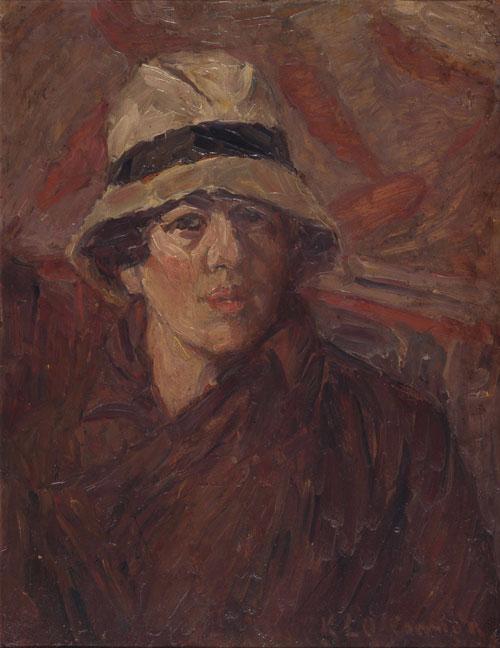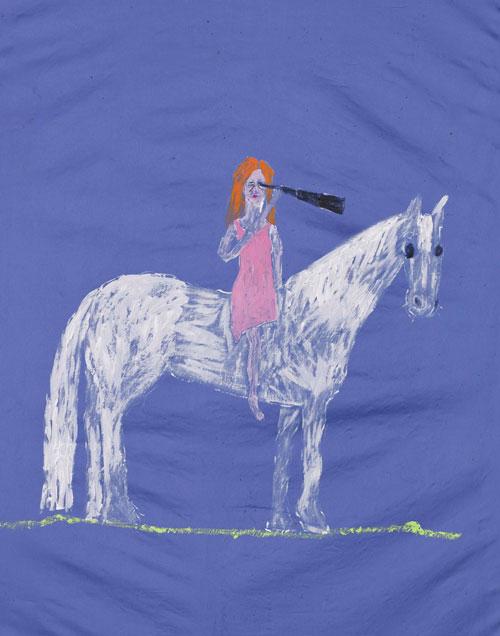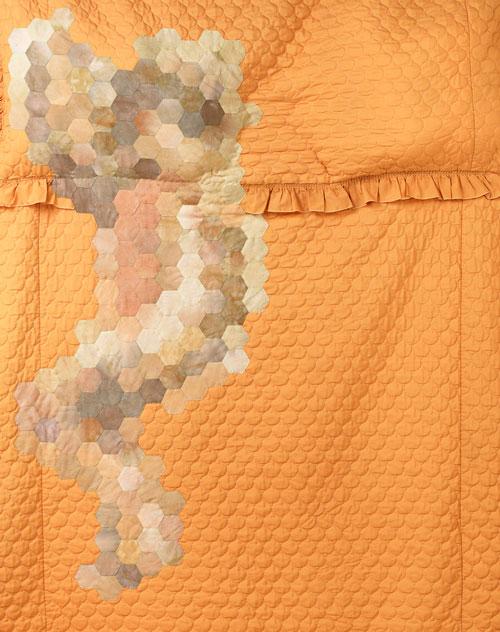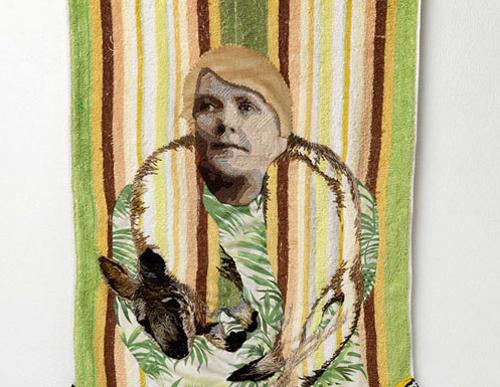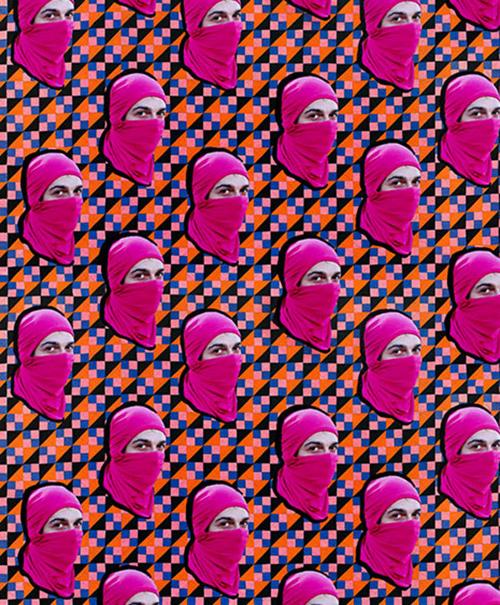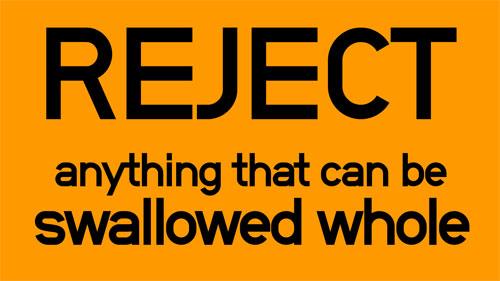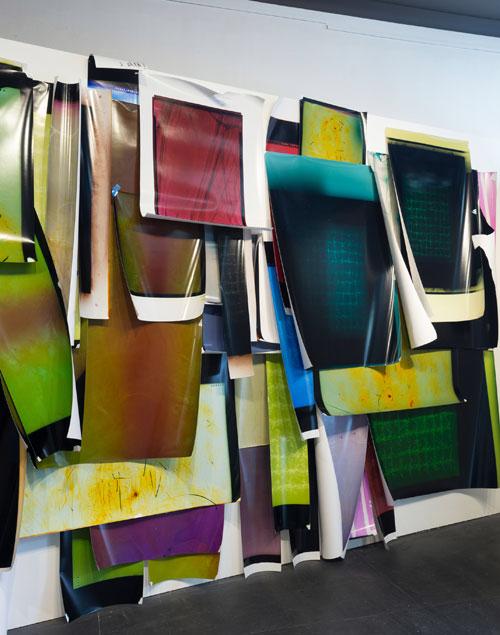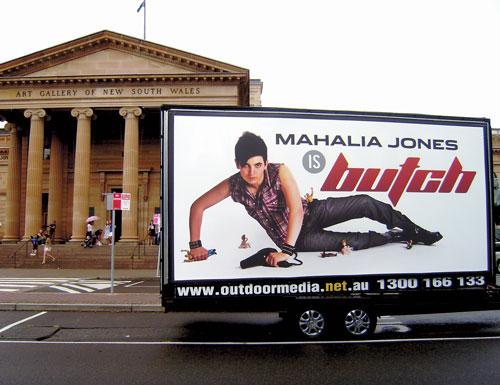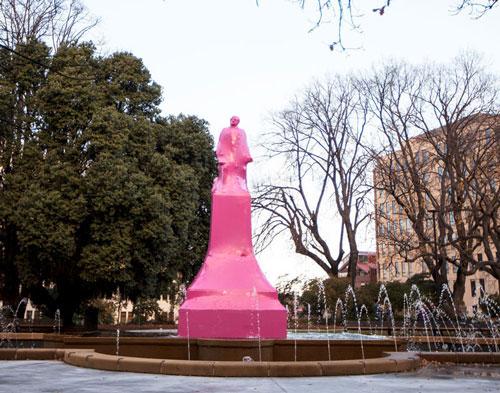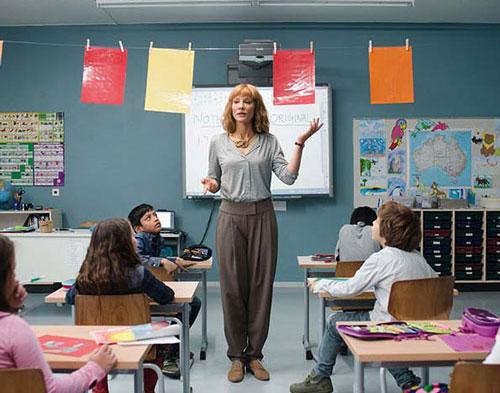Radical care: Personhood and the river
Sitting in a field surrounded by slow-moving farm animals and breathing air thick with insects and airplane exhaust, Qiane Matata-Sipu (artist, activist) introduces the contested land on which we rest. Here the tupuna (ancestor) Hape alighted when he arrived in Aotearoa, travelling by stingray from the ancient homeland of Hawaiki, thereby ending the great journey that saw Polynesian people become Māori. The cultural significance of Ihumātao is recognised in the designation of a small, protected zone called the Otuataua Stonefields Historic Reserve. The field we rest on is a fragile territory that edges that zone and forms a bridge to the settlement where Qiane and her extended family have lived for generations. This land was confiscated and farmed from 1863 and is now slated for a fast-tracked housing initiative to combat Auckland’s chronic housing shortage.

